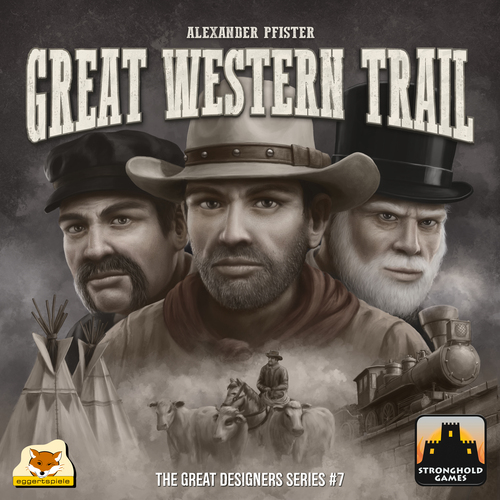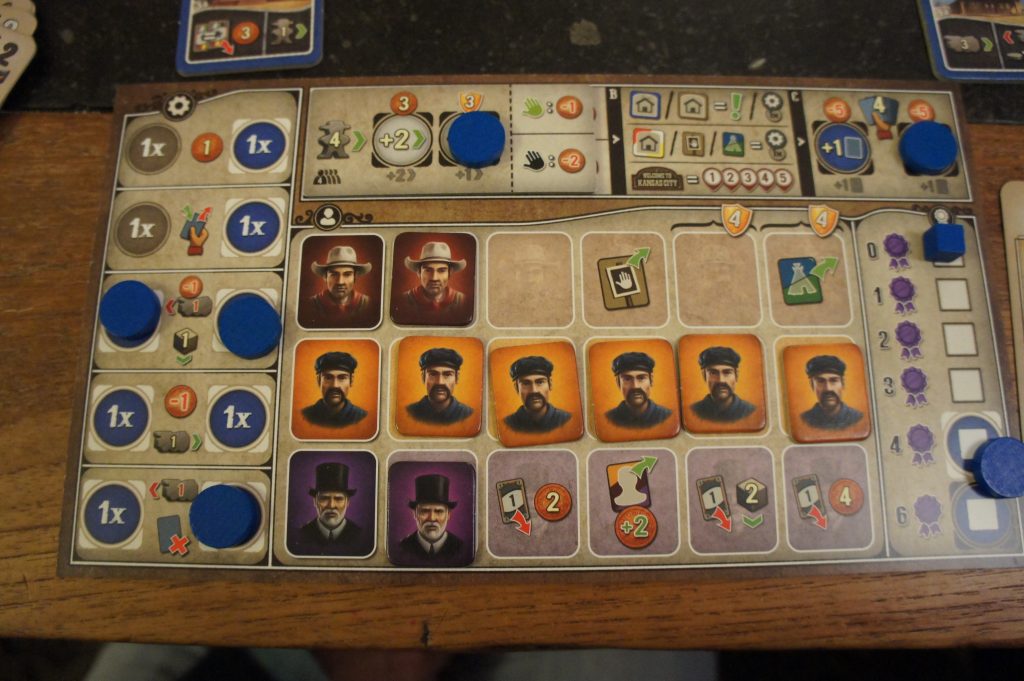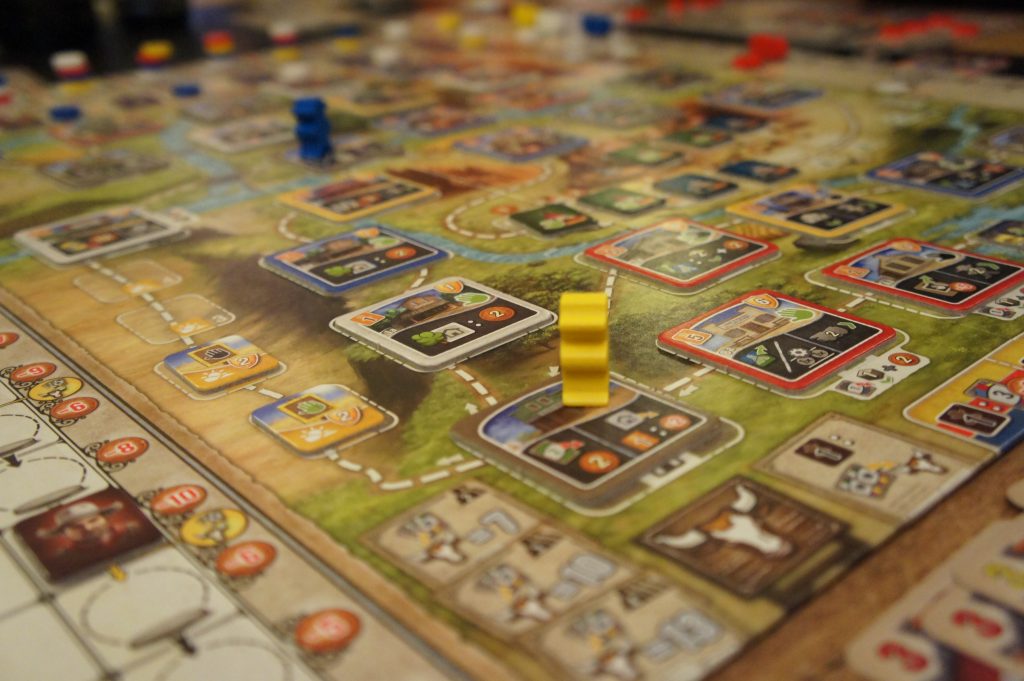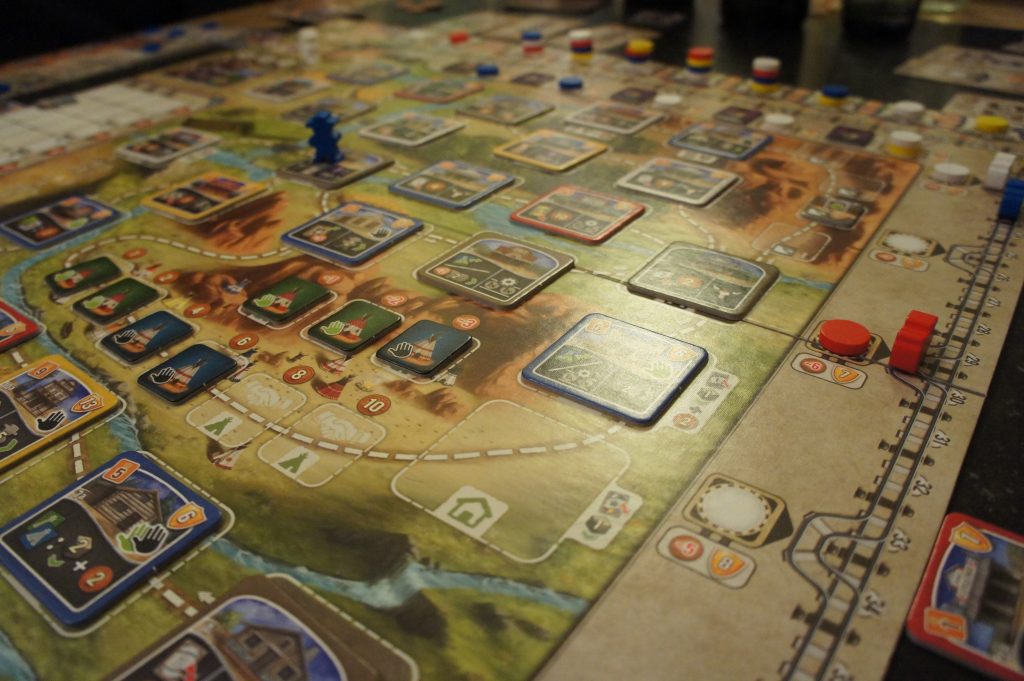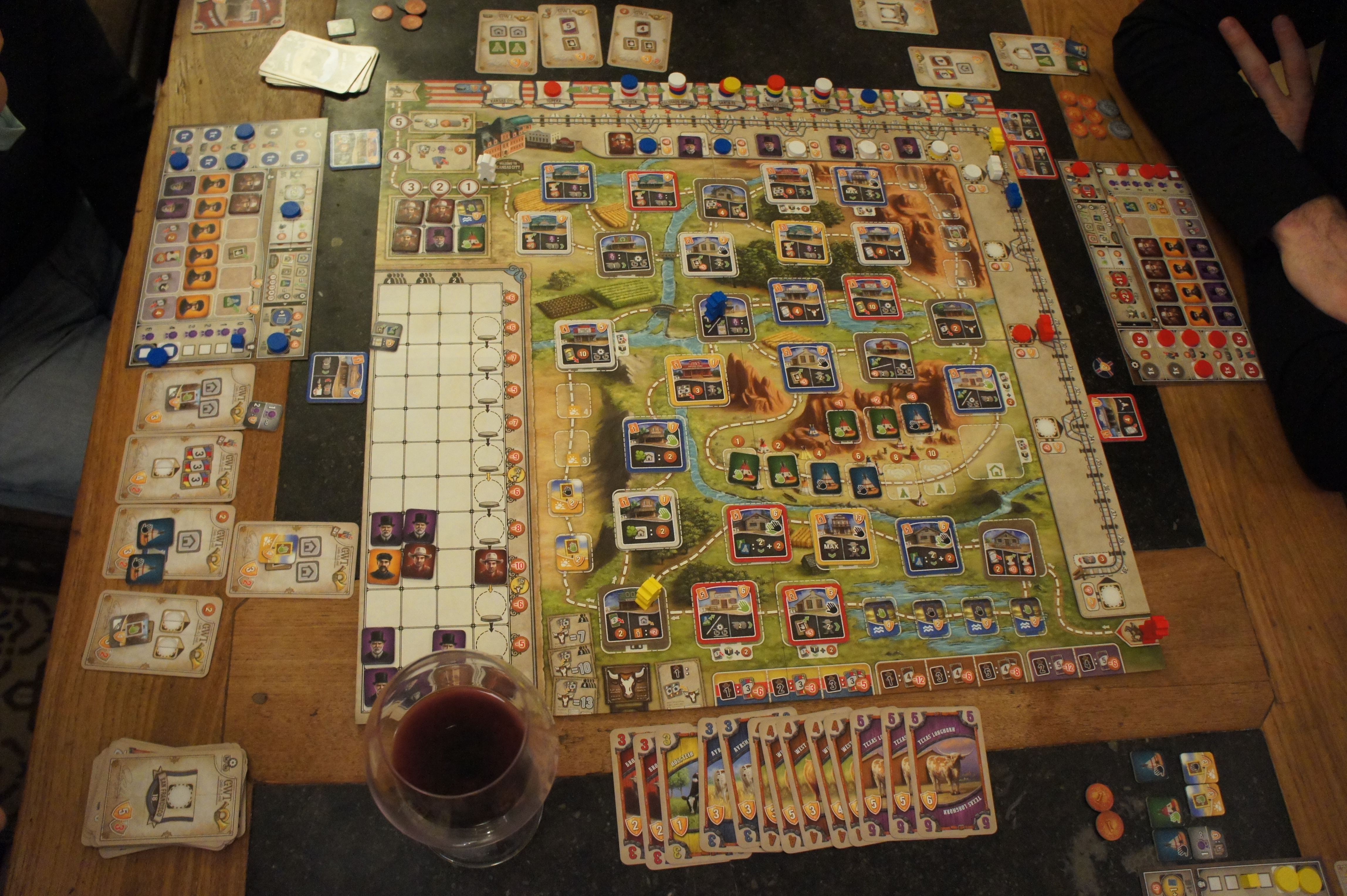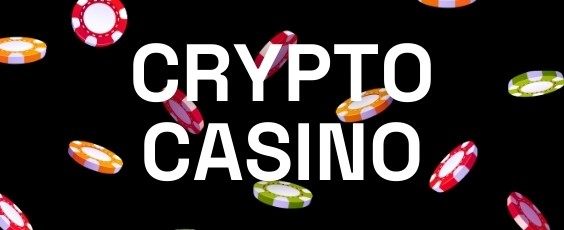Great Western Trail (+ video) (english version)
SwatSh: 10/10
Great Western Trail was one of the most awaited new games of the last Essen show due to several elements.
Its designer first, Alexander Pfister, designer of our Vin d’jeu Game of the year 2016: Mombasa, but also the designer of other very good games like Broom Service, Isle of Skye et Port Royal. With Great Western Trail, Alexander is at the top of his art!
The three publishers, Eggertspiele, Stronghold Games and Pegasus Spiele. They have already made great games such as Cuba, Camel Up, Istanbul, Rokoko (one of our best games of 2014), Kanban, one of our best games of 2015) and Panamax, to name but a few.
Its theme, the Far West that is only found in a few games (do not hesitate to taste the excellent Carson City and Flick’em up ). In Great Western Trail, you are a cowboy who will travel to the Far West to bring your herd of cows to Kansas City where a train will take them to a city of your choice to sell them.
The journey into the Wild West is the heart of the game
A round
There is no game round in Great Western Trail. Each player plays in turn until the end comes. Although not original, it is a system that I particularly appreciate because it brings fluidity to the game. We do not wait too long before our turn comes back. We do quite a few actions in our turn so that the turn passes quickly. Moreover, Great Western trail is not chaotic so that we can easily enjoy the turn of other players to think about our next action and accelerate the game.
Action’s mechanic
It is very simple. In turn, you move your cowboy a number of spaces between 1 and your maximum capacity of movement. You will understand that your ability to move is one of the many elements you can manage in the game. And it is not insignificant since you will move your cowboy along the paths of the Far West while making sure to stop at the buildings more interesting. At the most your capacity of movement is at the most you will be able to optimize your movement and go faster in the race to the delivery of the cows.
After your move, you can carry out the action(s) of the building where you arrived. If you have arrived on a neutral building or to one of yours, you will realize to the most interesting actions. If, on the other hand, you have arrived on an adverse building or on a danger tile, you will only be able to carry out one of the auxiliary actions available on your personal board. The second thing you can manage is the type of auxiliary actions you have on your personal board.
Arrival in Kansas City is the goal of the game
In Great Western Trail, you will make several trips to the Far West and will arrive several times in Kansas City. It is in this city that you will load your cattle on a train in order to sell it in one of the big cities of the train line.
Sell cattle
In addition of being one of the many sources of victory points, selling cattle is your main source of income. And it must not be neglected. Money is so much limited in the game and that it will be necessary to constantly make sacrifices in your choices of expense. And yes, money management is important in Great Western Trail.
Your herd
Your cattle is represented as cow cards. Each player has his own herd (= his own pack of cow cards). This pack is the same for each player at the start of the game. But as the game progresses, you will be able to acquire new, more powerful cards. You can also increase the size of your hand. You will have the opportunity to clean your deck and improve your hand by discarding and drawing cards in order to have the best hand of cards when you arrive in Kansas City. And yes, you will have to manage your hand and your deck of cards.
Kansas City
In Kansas City, you will sell your cattle by discarding your hand of cards and earning money according to its value (each cattle card has a value between 1 and 5). Then, depending on the selling value, you will decide in which city you will be moving your cattle. At the most the sales value is great, at most you will be able to deliver in a distant city and at most of the VPs you can gain at the end of the game. But your train must be at least as far as the town or you will have to pay an additional fee. And money is hard to win. So ensure that your train is as far as possible. The management of the travel of your locomotive is also very important …
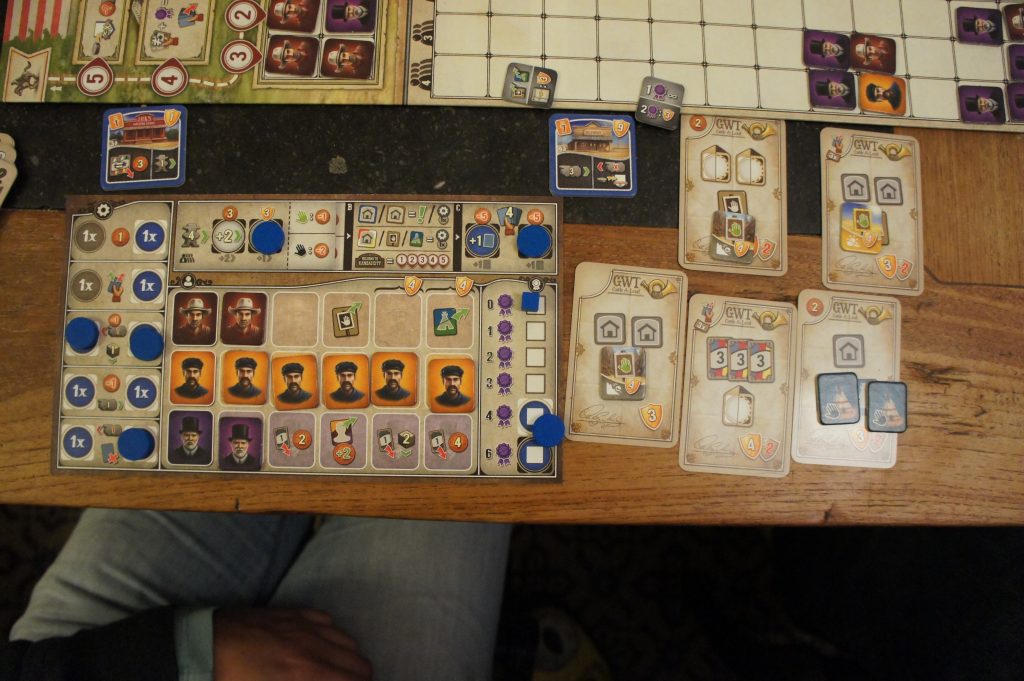 When you deliver to a city or when you stop at a station, you can drop a token to your color that you take from your personal tray. A little bit like Terra Mystica or Scythe, when you take a token from your personal board, you will be able to unlock a space that will give you an extra capacity: you can do a side action, increase the size of your hand, increase your movements, to get an extra value for your cow cards, … A good management of your personal board will bring you even more possibilities.
When you deliver to a city or when you stop at a station, you can drop a token to your color that you take from your personal tray. A little bit like Terra Mystica or Scythe, when you take a token from your personal board, you will be able to unlock a space that will give you an extra capacity: you can do a side action, increase the size of your hand, increase your movements, to get an extra value for your cow cards, … A good management of your personal board will bring you even more possibilities.
The different possible actions
Hiring a Worker
You can hire 3 types of workers: cowboys, craftsmen and engineers.
– At the most you have cowboys, at most you can buy cows cards and at least they will cost you
– The more you have craftsmen, the more you can build buildings more powerful and bringing you more VPs
– The more you have engineers, the farther will go your train …
And yes, managing your workers is one of the keys to success 🙂
Build a building
At the beginning of the game, each player has the same 10 buildings. They are all double-sided and we will randomly determine on which face each building will be available for all players for the game. This offers a lot of variety to the games.
It is on these buildings that you can carry out your actions. A strategic vision is necessary to properly manage the construction of your buildings, in the right order, in the right places to take advantage of it.
Gain an objective card
These cards will bring you extra VPs if you succeed in completing the objective: to deliver in such city, to have built x buildings, to have fought x Indians or past x tiles dangers. We fight the Indians through another action that rewards us with money while passing a danger is an action that rewards us in VPs. But beware, because just like in Ticket to Ride, if you can not complete a goal, it will cause you to lose VPs. Be careful to manage your goals.
And a lot of other actions that I will not detail here. They will allow you to discard cards for money, draw new cards, advance your train, make it going back, earn pennies, advance your cowboy, to carry out auxiliary actions, …
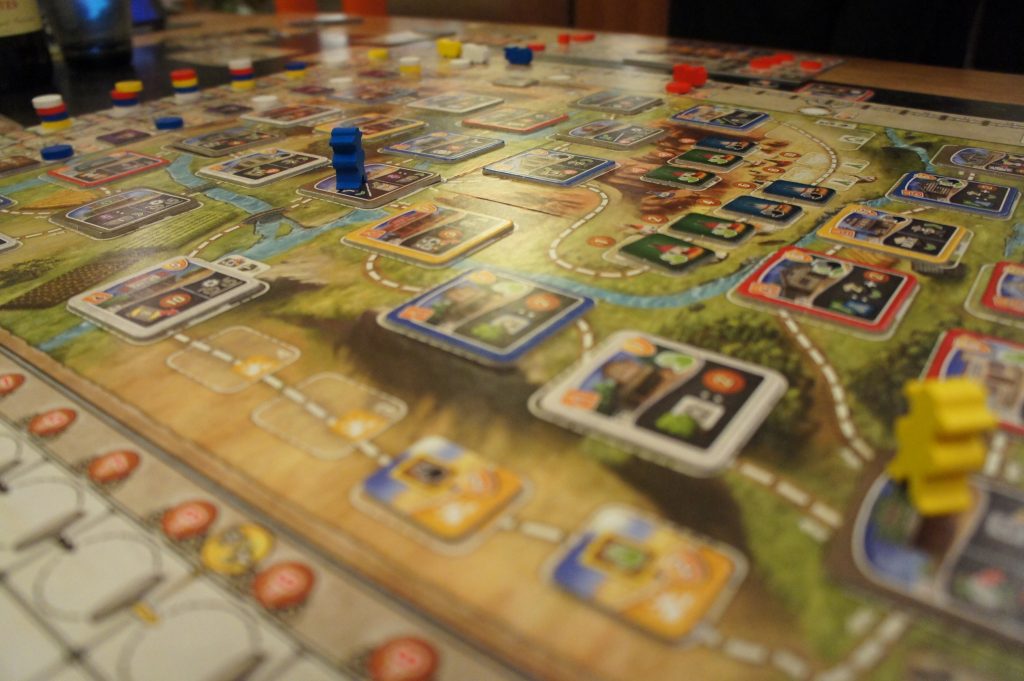 The VP’s fair
The VP’s fair
Alexander Pfister has probably been inspired by our beloved Feld . Everything you do in the game will bring you VPs. Whether with your train, your cattle, your workers, your money, the dangers, the objectives, your personal tray or your buildings, everything brings you VPs. All the different ways of winning VPs are extremely well balanced. This brings some confusion as it is difficult to know what makes a player win but it also opens the way to the development of multiple different strategies.
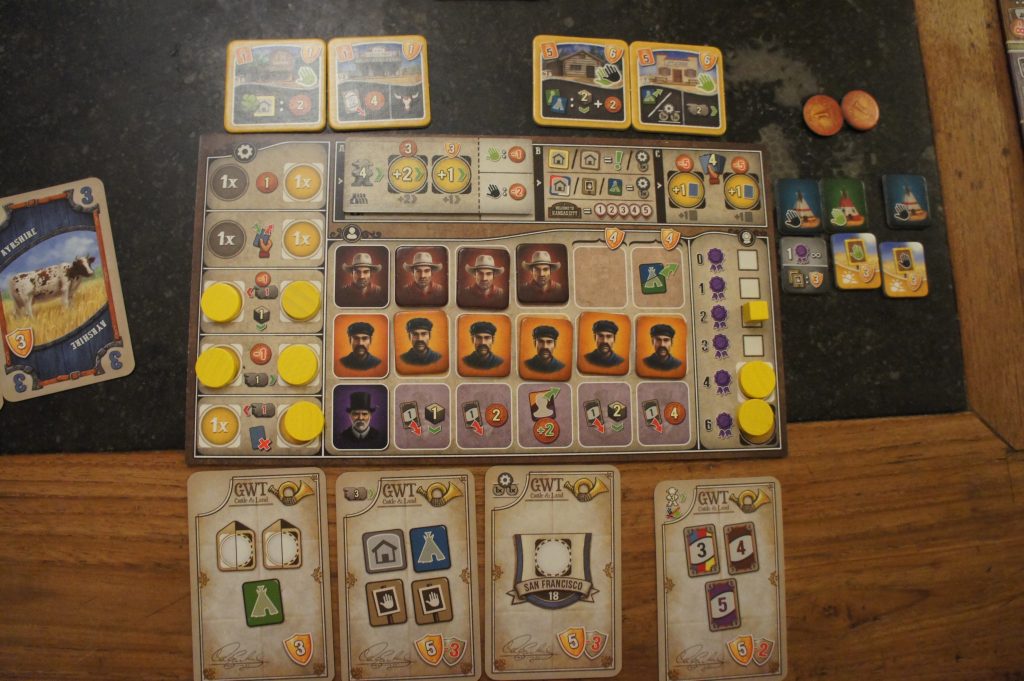 Despite a light interaction, Great Western Trail is a bomb that we rarely encounter. Players are faced with tough choices throughout the game. They will have to make sacrifices because the little money they will earn will have to be spent wisely. They will need to have a strategic vision and build a strategy throughout the game. These strategies are very subtle as they play on many elements. They will also have to manage a multitude of factors that make the game complex and deep. And despite all that, the game turns wonderfully. It is quite long and will fill your whole evening but we never wait very long. We are 100% immersed in Great Western Trail and do not feel the time pass. The installation of the game allows many different configurations and offers an impressive lifetime to the game. Even after a game that led us to finish in the small hours, we wanted to do a new one directly. It was long ago that playing cowboys and Indians had not been so exciting.
Despite a light interaction, Great Western Trail is a bomb that we rarely encounter. Players are faced with tough choices throughout the game. They will have to make sacrifices because the little money they will earn will have to be spent wisely. They will need to have a strategic vision and build a strategy throughout the game. These strategies are very subtle as they play on many elements. They will also have to manage a multitude of factors that make the game complex and deep. And despite all that, the game turns wonderfully. It is quite long and will fill your whole evening but we never wait very long. We are 100% immersed in Great Western Trail and do not feel the time pass. The installation of the game allows many different configurations and offers an impressive lifetime to the game. Even after a game that led us to finish in the small hours, we wanted to do a new one directly. It was long ago that playing cowboys and Indians had not been so exciting.
Ren: 9,5 /10
Hi John
Hi Bob
Hi Bill
Hi James
The dusty roads in Kansas. The nasty smell of men’s perspiration. The strident neigh of horses. The deafening mooing of thousands of cows that you lead to the slaughter. The iron horse’s strident sound that brings you in the great cities of the american west. Here is what is waiting for you in Great Western Trail. You play a stockbreeder who will make his herd grow before going to Kansas City to make it delivered to other cities.
Well, where do we start? There is a lot to say… Let’s start by a description of the main elements. There is a central board on which you are going to move your stockbreeder (always forward, and potentially skipping some places, like in Egizia or Caylus) to arrive to Kansas City, where you will be able to make your cows delivere to other cities via the train (train that you will also move, and that will be able to stop at some stations, which is not the same as delivering your cows to a city), where you will build buildings allowing to get additional actions, where you will buy new cows to improve your herd, and where you will recruit cow boys, engineers and workers allowing you to realise some actions in a more efficient way.
Then each player has his own board, on which you are going to place your workers (cow boys, engineers or simple workers), on which you will have your personal actions (I come back to this) and on which you have a certain number ot tokens that will be used each time you deliver a herd or stop in a station. Tokens which will give a bonus or allow an additional personal action. personnelle supplémentaire.
Last, each player has also 10 personal buildings that she or he will be able to build during the game. Worth noting that each player has the same material, be it the buildings or the personal board, there is no asymetry (that is a good idea for an extension for Essen 2017, stockbreeders with asymetric powers, I am going to propose this to the author :)).
If you start to feel a little headache, no worries, this is normal, an aspirine and you will be fit again. The explanation of the rules took us 1 hour… Ok this is basically it for the description. What about the game itself? Each player plays at his or her turn, with no notion of round (except to start the game of course). At his or her turn a player is simply going to do 2 things: move his stockbreeder on the central board to another building or hurdle (4 squares maximum, at least in the beginning, it can go up to 7 in the course of the game) then realise some actions. If it is one of his or her buildings or a neutral one, all actions may be realised, the ones on the building or the personal ones. If it is an competitor building, one can only do the personal actions. And that’s it! This is an important caracteristic of the game: the rules are long and numerous, because there are a lot of elements, but once explained and understood (which doesn’t create any particular problem, there is nothing overly complex) the flow of the game is easy and straigthforward. Some buildings have hands on them, if you go over them or stop an opponent building with a hand one must pay 1 or 2 dollars to the owner. Same principle with some obstacles existing in the game (mountains, rivers, deserts), if you go over them you pay 1 or 2 dollars.
What are the possible actions? There are many (be it on the general board or on the personal one):
– recruit 1 or 2 workers. Engineers allow you to move your train faster. Cow boys allow you to buy more cows / at a cheaper price. Simple workers will allow you to build more powerful buildings.
– move your train (and potentially stop at a station to take a bonus token or simply have VP at the end)
– build a bulding and place it on the central board, increasing the number of places where to stop
– exchange cards in your hand (see below the part about the cards representing your herd)
– definitely remove one of your cards
– get money
– buy cows
– move your stockbreeder by one or two squares and realise the actions on the building where you stop
2 last things to explain. The herd of each player is represented by cow cards. Everyone has the same deck at the beginning. Via the « buy cows » action you can buy new cards, more expensive. The aim being to bring the most expensive herd possible to Kansas City, as you will receive as many dollars as the value of your herd. But you are only going to score for one copy of each kind of cow (or each color, for the easiness of playing). So if I have 3 blue cows, 2 reds and 1 green when arriving in Kansas City, I will only be able to deliver 1 blue, 1 red and 1 green (and I will have to discard the other ones anyway…). There is therefore a (small) notion of deckbuilding (knowing that one action allows you to definitely remove a card from your deck) that makes the game even more enjoyable. And knowing that in addition to receiving money when you deliver, you have to put a token from your personal board on one of the cities on the central board (the one where you deliver). But you can only deliver once per city, and each city has a minimum expected value. So if this value is 12, my herd needs to be worth minimum 12 for me to be able to deliver. If it is only worth 11, I have to deliver to the one having as minimum value 10, 8, 6… or 0, which is the only city where you can always deliver (with the one requesting minimum 18). But problem, each delivery at the city requesting « only » 0 will give you negative points at the end of the game… So you will have to manage your herd at best in order to never deliver to the « 0 city »… Delicious!
The game ends when almost all workers have been recruited. And at the end we add on the 493 areas where you can score points, et the one having the most wins.
Verdict? Waouw. Or better (with the Texan or Kansas City accent if you can): Yihaaaaaaaaaaaaa! The game is clearly not for beginners. It is not overly complex but you have many rules, many different mecanisms, and the possibilities are numerous. Contrary to Mombasa, where I ended up with a feeling of « too much » (i.e. too many different mecanisms put together, almost like a theoretical exercise, although the game is obviously good as well), all mecanisms here seem logical and seem to fit with the flow of the game (I would not dare to say they fit with the theme, let’s not exagerate, but the inclusion of the theme in the game is not bad compared to the vast majority of games, certainly so for a heavy euro). And even if the game is slightly linear (you « always » do the same things), the replayibility is present as the central board will be different at each game. And there is a real feeling of progression at the end, with herds being more and more imposing, more interesting buildings, faster trains… A fantastic game this Great Western Trail, it looks like Mr Pfister knows how to tame 800 kilos beasts… 🙂
Dan: 10/10
The perfect game!
A lot of different strategics.
Vin d’jeu d’video: the tasting in 10 minutes of Great Western Trail by Ren
Submit your review | |



